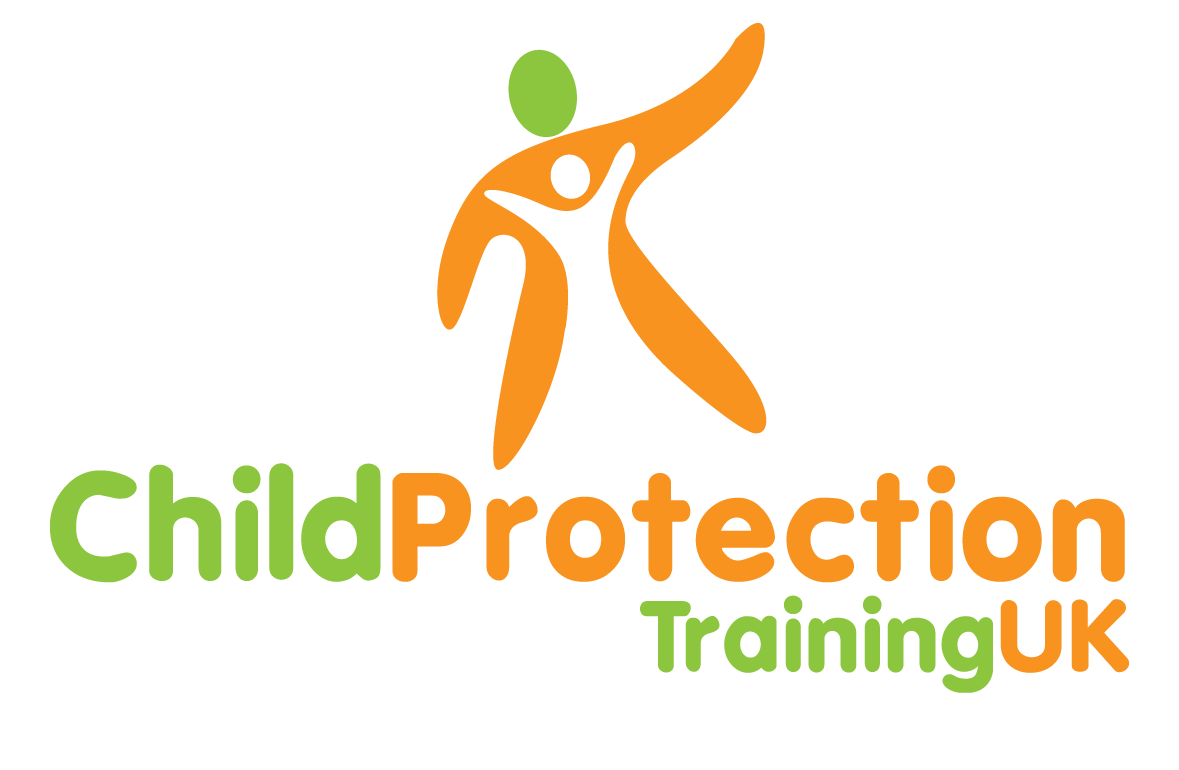Use of restraint in youth jails on the rise
Use of controversial restraint techniques in youth jails is on the rise despite falling numbers of children in custody.
Latest statistics show that restraint use in secure children’s homes (SCHs), secure training centres (STCs) and young offender institutions (YOIs) went up from 6,922 incidents in 2009/10 to 7,191 incidents in 2010/11 (a 3.9 per cent increase).
The rise comes despite the average number of young people in custody dropping by 17 per cent from 2,670 in 2009/10 to 2,222 in 2010/11.
Details of the increase feature in one of more than a dozen spreadsheet documents supplied alongside annual youth justice statistics, published by the Ministry of Justice (MoJ) yesterday.
The Youth Justice Statistics 2011 document itself does not mention the increase, stating instead that “there were 7,191 incidents of restraint used in the youth secure estate in 2010/11, down nine per cent from 2008/09”.
Andrew Neilson, director of campaigns at the Howard League for Penal Reform, said the rise is “particularly worrying at a time when youth custody numbers are falling”. He also questioned the way the statistics were presented by the MoJ.
“It is worrying that the initial figures were not presented in the most logical way, and that the reality is far less favourable than initially thought. By their nature of being secure closed institutions, prisons are vulnerable to corruption and bad management.
“It is important to have a clear picture of what is happening in children’s prisons so the most vulnerable children are treated with dignity and respect.”
“As restraint should only be used to prevent injury or escape, does this mean our children’s prisons are so frequently out of control that ‘last resort’ techniques are employed? Or are staff not properly trained in how to defuse situations calmly and resort to violence and dominance?”
The increase comes despite a pledge in 2009, by the then Labour government, to reduce the use of restraint following an independent review prompted by the death of two boys in separate restraint incidents.
A number of restraint techniques have been outlawed but there remains massive opposition to its continued use.
The findings come at a time when safeguarding in the juvenile secure estate is already under the spotlight following the deaths of two teenagers being held in YOIs this week.
Alex Kelly, 15, who was being held at Cookham Wood YOI in Kent, was pronounced dead in hospital at 7.30pm on Wednesday.
His death came just a day after that of 17-year-old Jake Hardy, who died in hospital on Tuesday after being found at Hindley YOI in Wigan.
Carolyne Willow, national co-ordinator of the Children’s Rights Alliance for England, said: “Everyone should be deeply concerned about the safety of children in custody.
“Two more imprisoned children died this week and the use of restraint is on the rise again.
“The constant reference to ‘youths’ hides the fact that it is younger children and girls who have endured the biggest increases in restraint.
“I simply cannot understand why we continue to send children to institutions where we know they will not be safe. This is a child protection scandal that will not go away until ministers have the courage to take radical action.”
A Ministry of Justice spokesman said restraint should only ever be used against young people as a last resort where it is absolutely necessary to do so and where “no other form of intervention is possible or appropriate”.
“A range of improvements across the youth secure estate has been made in recent years including the introduction of restraint minimisation strategies, phasing out of certain techniques and enhanced monitoring,” he added.

